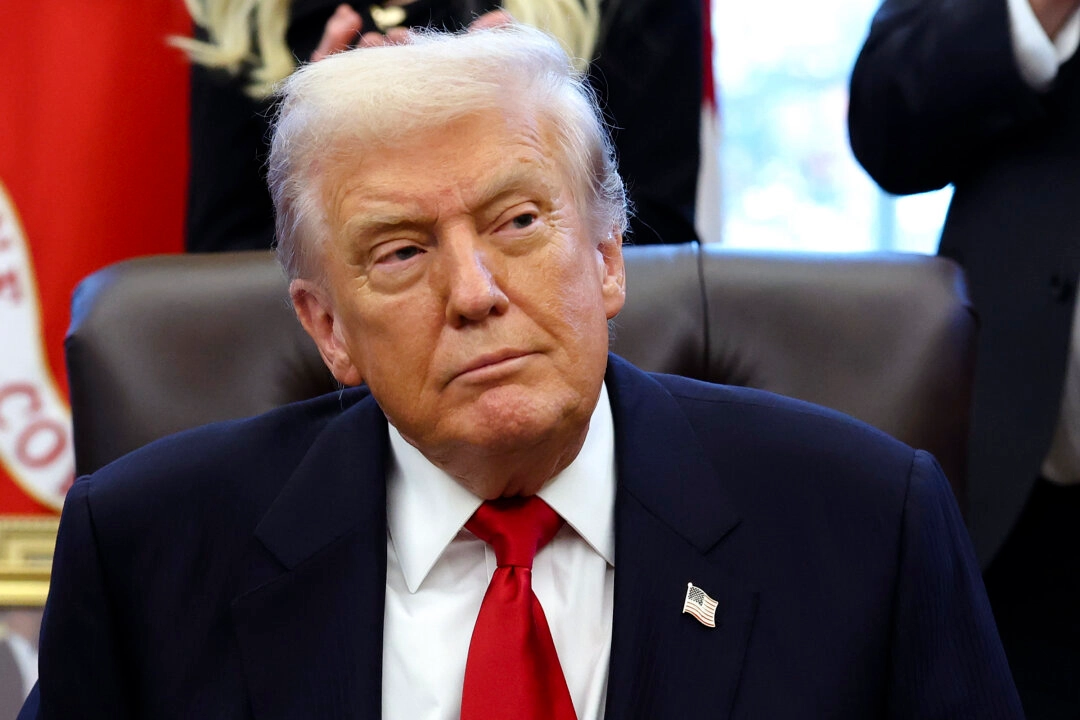Trump Eyes $2,000 Payouts to Americans Using Tariff Revenue
President Donald Trump is considering an ambitious plan to deliver $2,000 to millions of Americans — funded entirely by revenue from tariffs. The proposal comes as legal battles over the administration’s trade policies work their way through the Supreme Court, raising questions about both feasibility and fairness.
A Dividend From Tariffs

On November 12, the White House confirmed that Trump is exploring ways to use tariffs collected on foreign goods to provide a direct benefit to U.S. households. The initiative would focus on middle- and lower-income Americans, while excluding high-income earners, and could simultaneously help reduce the national debt, which currently sits at $37 trillion.
White House Press Secretary Karoline Leavitt emphasized that economic advisers are weighing all options to make the plan a reality. “The president is determined to see this happen,” she told reporters.
Trump first floated the idea on November 9 via Truth Social, highlighting that tariffs have generated significant revenue. “We’re collecting billions from trade deals and tariffs, and that money can go back to the people while helping our debt,” he wrote.
How It Might Work
Treasury Secretary Scott Bessent suggested that the $2,000 dividend could take several forms, including targeted tax relief for families earning under $100,000 per year. Options being discussed include:
Exemptions on overtime, tips, and Social Security income
Direct cash payments
Other tax-related deductions
Bessent noted that these measures could deliver financial relief without adding to government spending.
The Legal Dimension
The proposal’s rollout depends heavily on ongoing Supreme Court hearings regarding the administration’s tariffs, specifically under the 1977 International Emergency Economic Powers Act. The court’s decision could shape not only the legality of using tariffs for such payments but also the broader reach of U.S. trade powers.
Earlier this year, Trump also hinted at potential payments through a government efficiency program known as DOGE, although the plan has received little public attention since.
A Bold and Controversial Move
Critics question whether the payout is practical or equitable, with concerns over budget impacts, legality, and the precedent of using tariff revenue this way. Supporters, however, see it as an innovative approach to directly return money to Americans while reinforcing Trump’s trade policies.
Conclusion
Trump’s $2,000 tariff dividend represents an unconventional approach to economic stimulus, blending trade policy with direct citizen relief. While the payments remain contingent on legal clearance and administrative planning, the idea reflects a novel attempt to turn government revenue into tangible benefits for Americans, all while addressing the nation’s mounting debt.
Whether through tax breaks, direct payments, or other mechanisms, the initiative underscores a bold — and potentially contentious — strategy for federal finance.
